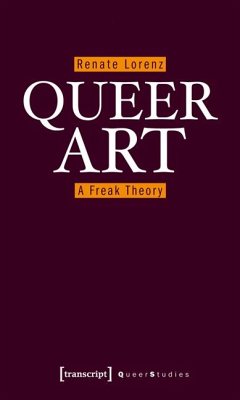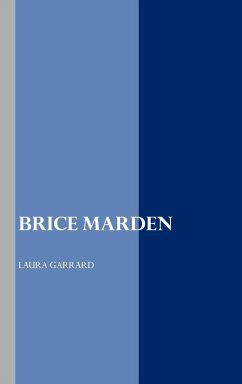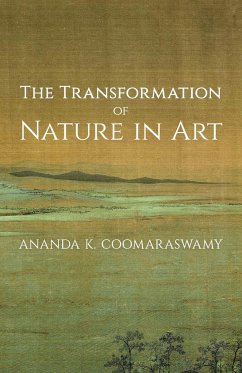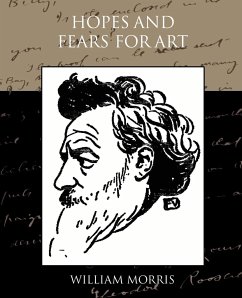
Hopes and Fears for Art
Versandkostenfrei!
Versandfertig in 1-2 Wochen
17,99 €
inkl. MwSt.

PAYBACK Punkte
9 °P sammeln!
William Morris (1834-1896) was a British artist and writer. Morris wrote poetry, fiction and translated Icelandic. Morris was part of the Pre-Raphaelite Brotherhood, and was one of the founders of the British Arts and Crafts Movement. Morris believed that art should be hand made and affordable. He also felt that no one form of art was superior to any other. As an artist Morris worked with textiles in weaving, dyeing, carpet making, and wood block printing. His writing often reflected his socialist views. Hopes and Fears for Art is a collection of essays containing The lesser arts -- The art of...
William Morris (1834-1896) was a British artist and writer. Morris wrote poetry, fiction and translated Icelandic. Morris was part of the Pre-Raphaelite Brotherhood, and was one of the founders of the British Arts and Crafts Movement. Morris believed that art should be hand made and affordable. He also felt that no one form of art was superior to any other. As an artist Morris worked with textiles in weaving, dyeing, carpet making, and wood block printing. His writing often reflected his socialist views. Hopes and Fears for Art is a collection of essays containing The lesser arts -- The art of the people -- The beauty of life -- Making the best of it -- The prospects of architecture in civilization.



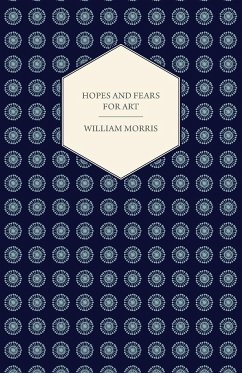

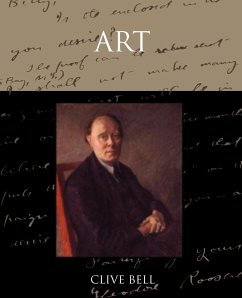
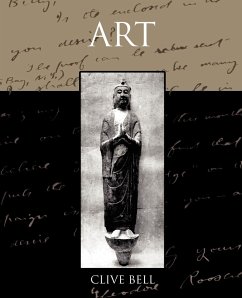
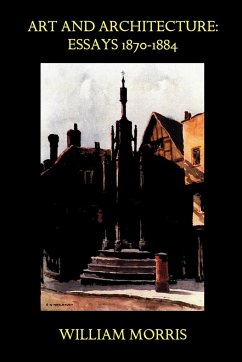
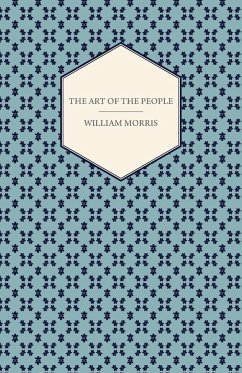
![Concerning the Spiritual in Art and Painting in Particular [An Updated Version of the Sadleir Translation] Cover Concerning the Spiritual in Art and Painting in Particular [An Updated Version of the Sadleir Translation]](https://bilder.buecher.de/produkte/41/41152/41152228n.jpg)
